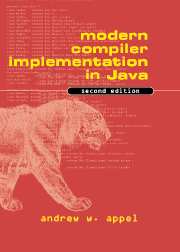Welcome to Python Online Compiler!Key features:• Run Python code directly in your browser• Install packages with pip• Share your code with others• Multiple tabs for different files• Light and dark themes
Say goodbye to Python setup hassles! Code directly in your browser with zero installation needed. Write your code, hit RUN, and see results instantly. Our clean, powerful editor gives you syntax highlighting, multiple tabs, and easy package installation with pip.
Need to share your work? One click generates a link anyone can use to view and run your code. Switch between light and dark themes, customize your layout, and code Python anywhere, anytime. Try our random code examples to get started quickly.
Python Online - the simplest way to write, run, and share Python code!
